Ford v Ferrari: secrets behind the stunning cars and race scenes
Executive Traveller goes behind the scenes of a movie where the cars are very much the stars.
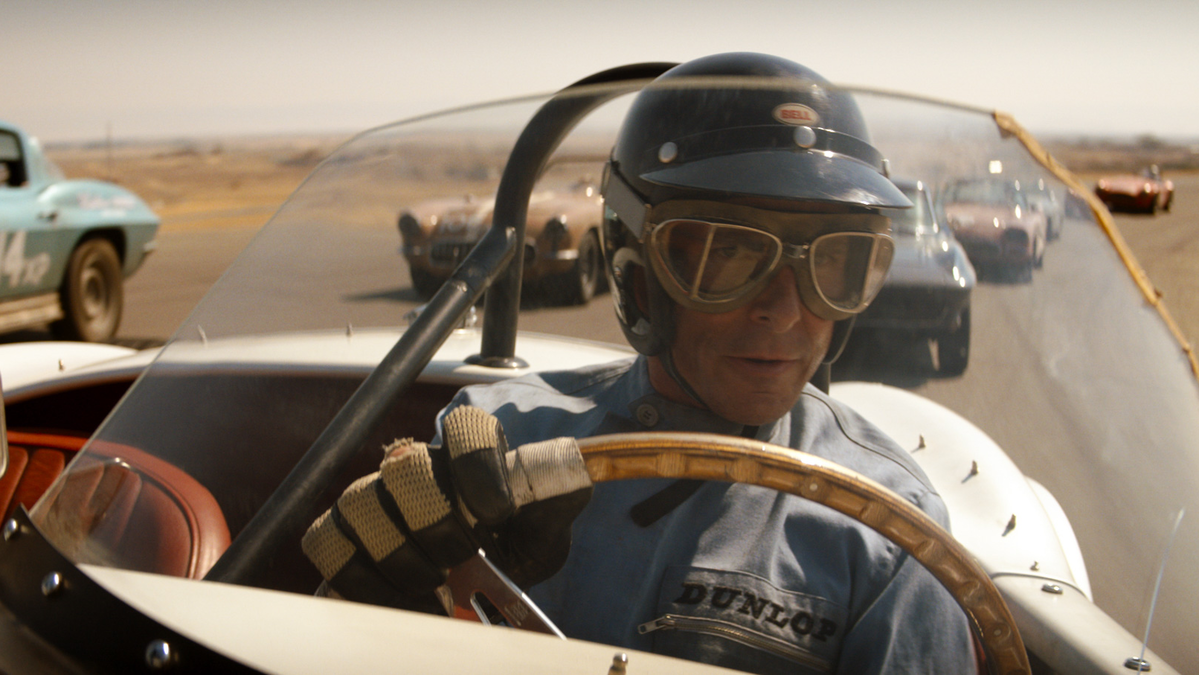
Ford v Ferrari – the US$97 million film that chronicles the fight between Carroll Shelby’s Ford GT40 team and Enzo Ferrari’s Scuderia Ferrari for dominance at the 24 Hours of Le Mans car race in 1966 – is best enjoyed in a cinema where the volume is turned up loud. Way loud.
That’s how to fully appreciate the brilliant camerawork, technical prowess, and logistical feats that went into making the many racing scenes shot on historic tracks across multiple continents feel so realistic.
You might as well be in the car with Matt Damon – er, Carroll Shelby – driving through the black night as he fights fatigue to hold on to his win at the 1959 24 Hours of Le Mans, or with wiry British driver Ken Miles (a 30kg-lighter Christian Bale) as he busts through a pack of smug meatheads in muscle cars at a local race at Willow Springs International Motorsports Park.
The tension is palpable through the roar of the car engines; you can practically smell the oil and dirt and burning rubber.
It’s all so intense, in fact, that you could be forgiven for having to unclench your fists, relax your shoulders, and stretch your back when you walk out of the theater two hours later. Ford v Ferrari makes it feel as if you’re the one behind the wheel.
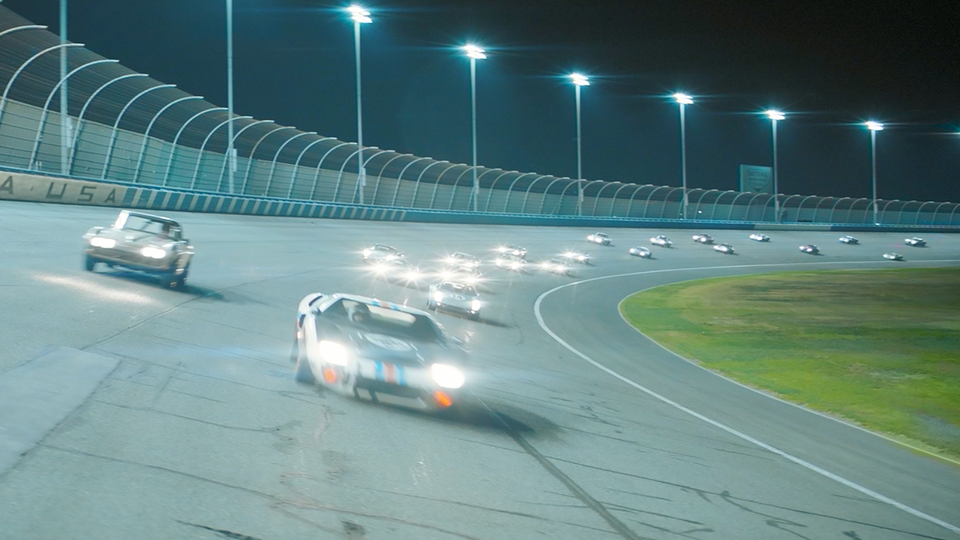
Credit for all the glorious car scenes goes to 46-year-old Rob Johnson, the vehicle director of the film. Johnson led the team that obtained the 460-odd vehicles used and abused during two months of shooting last summer. It took him half a year just to prep for it.
“I worked on this project for seven months before we started shooting, and for the first three months of it, I worked every single day,” he says. “I would just sit down and pore over books and be, like, ‘What’s that old racing sticker? What’s that one? What color ink is that?’ Those might not sound like that big a deal, but they’re necessary.”
Car guys, the California native points out, are infamous nitpickers. From the diameter of a wheel rim to the shape of a headlight to the type of material on a seat or a floorboard, they notice everything.
“If you’re in the hot seat about something historically significant, you want to know you won’t get bent out of shape on the details, because you know you put a good faith effort in,” he says.
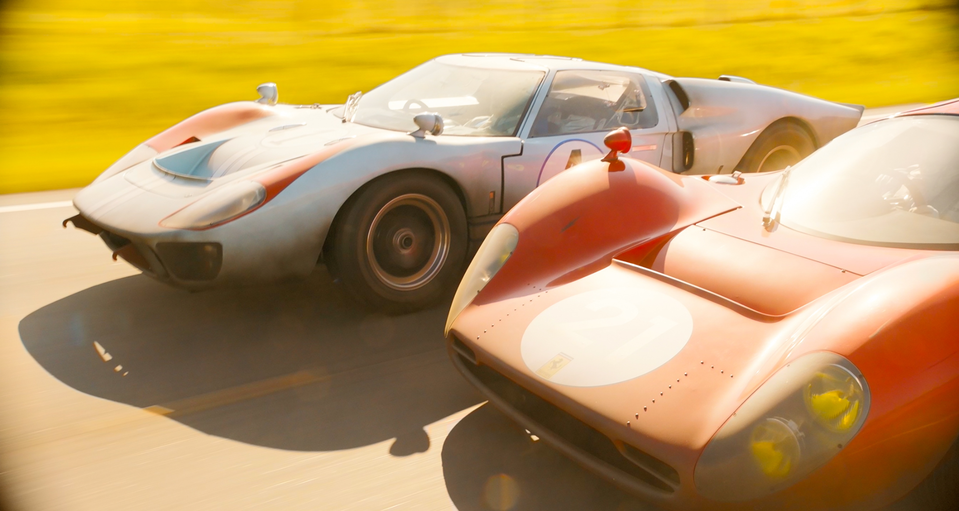
Johnson tackled the challenges of shooting active racing scenes at some of the world’s most iconic tracks. You’ll recognize them on screen: California Speedway; Willow Springs, where such Old Hollywood types as James Dean and Steve McQueen drove; and the eponymous track in Le Mans, France - but especially its infamous, 3.7-mile Mulsanne straight section along its backside.
That one, Johnson says, was filmed on a five-mile-long country road near Statesboro, Ga. (Other sections of the Le Mans race were filmed at the nearby Road Atlanta track.)
You’ll recognize the cars, too: the Ford GT40, of course, but also lots of Ferraris, a Volvo, a Triumph, a few racing Porsches, and even a 1960 Ford Country Squire station wagon, with wood-paneled sides. That one proved … difficult to wrangle.
Johnson was more than happy to share the secrets to his trade. Here are the big ones behind the making of Ford v Ferrari.
1. The Cobras were replicas
As fans of race car driver and automotive designer Carroll Shelby fans will recall, he developed his own take on the British cars called AC Aces, a line he had raced extensively in the late 1950s. Shelby purchased the bodies from AC in England, exported them to the United States, dropped in a Ford V8 engine for more power, and then sold them from his shop in Venice, California under the name AC Cobra.
Ford v Ferrari shows Shelby’s shop, with dozens of Cobras at various points of construction. Shelby is also often seen driving his own Cobra through the streets of Los Angeles.
All the vehicles shown, according to Johnson, were continuation replicas leased from Superformance, an outfitter based in Irvine, California. Superformance buys the body shells from South Africa and then installs modern components inside. The six-figure cars are fun to drive – and, more important, reliable.
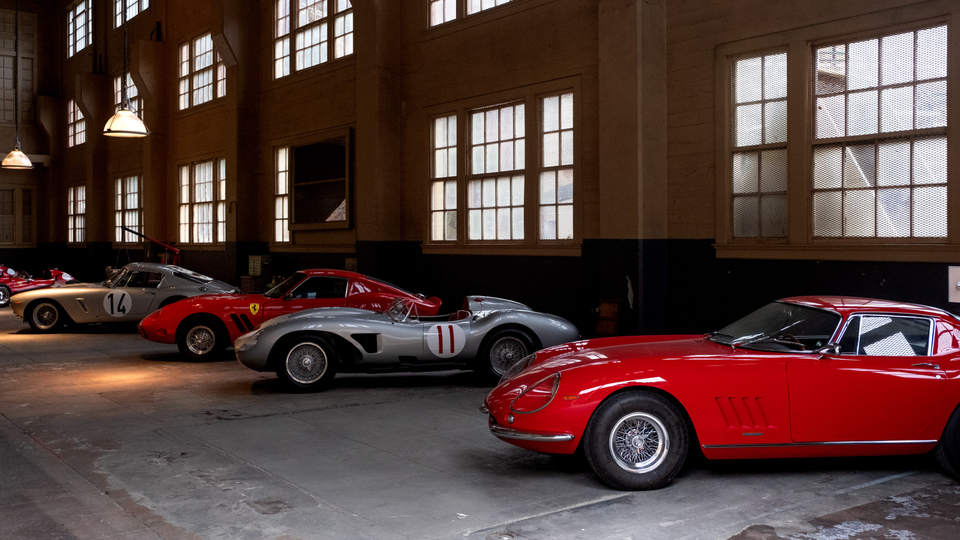
“When you need a warehouse full of Cobras like we did, you’re just not going to find a gathering of them looking uniformly accurate,” Johnson says. “No one is going to tell you the ones we used are exactly the same [as the originals], but shy of forking out hundreds of thousands for something else, you’ll have plenty of them that are reliable over months of shooting. You’ll be a happy customer.”
Another fun fact: the GT40 that wins Le Mans in the movie was made by Superformance as well. A Superformance GT40 Mk II, it is an exact replica of the original, matching V8 engine. Shelby collector William Deary loaned the car for the shoot.
2. The crashes were real
It’s tempting to imagine that, like much of what we see in the Fast and Furious series entries and other crazy car movies, the bulk of the crashes in Ford v Ferrari are computer generated. After all, several major crashes take place during the race sequences, especially at the start of the Le Mans race, when multiple cars spin out and hit side walls. A Ferrari 250 GTB goes airborne. Bale’s Miles sustains two devastating impacts behind the wheel of the Ford GT40.
In this feature, though, the crashes are real.
“The Ferrari in the Le Mans scene was mounted on a cannon on a truck and taken at speed going down the stretch of track in Georgia and then fired the air,” Johnson says, describing how the “Halloween mask of a car” hit the ground and shed its fiber-glass body as it rolled. “We did it multiple times. They were sacrificial shells. But what happened to them actually happened. They were flown through the air, crashed, and set on fire.”
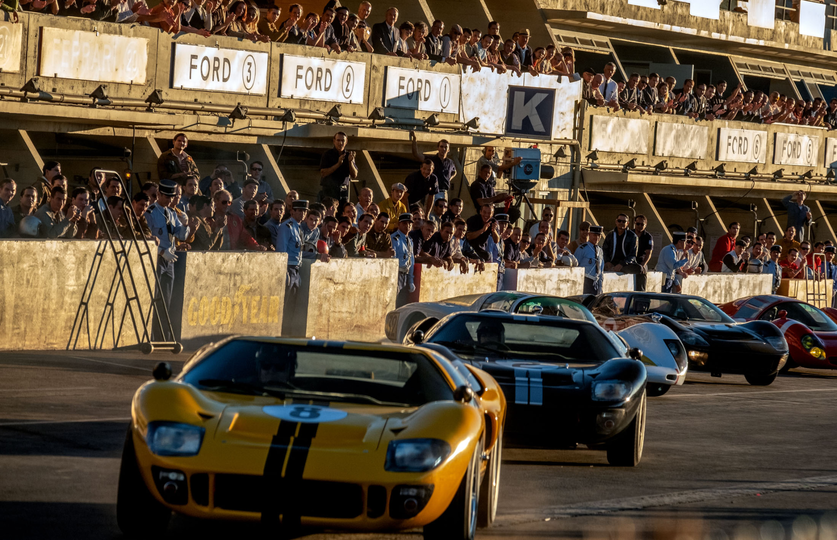
Once launched, the Ferrari stayed put as the filming continued. It acted as a real obstacle on the track for the other cars to avoid. That’s the beauty (and danger) of doing the stunts in real life, rather than on a computer: the crashed cars were so authentic that they actually pushed another race car entirely off the track during filming.
“There might have been an ambulance involved on that one,” Johnson confides.
3. The Porsche was in there because, well, it was reliable
In early scenes of the movie, Damon drives a Porsche 356 - the Volkswagen Beetle-like precursor to the faster, sportier Porsche 911. That Shelby drove a Porsche at all may not be strictly accurate, historically - some might argue that the former chicken farmer from Texas wouldn’t have been seen dead in a German car - but it could have happened.
After all, Shelby raced an Aston Martin for years, and it’s safe to say his legendary will to win would have him driving the best car, no matter who built it.
The real reason why Shelby was in a Porsche at all, though, is a testament to the mechanical soundness of Porsche products. In a sea of vintage vehicles constantly breaking down on and off the set, Johnson needed to put Damon in something that would hold up to multiple takes from all different angles, day in and day out, until they got the shot.
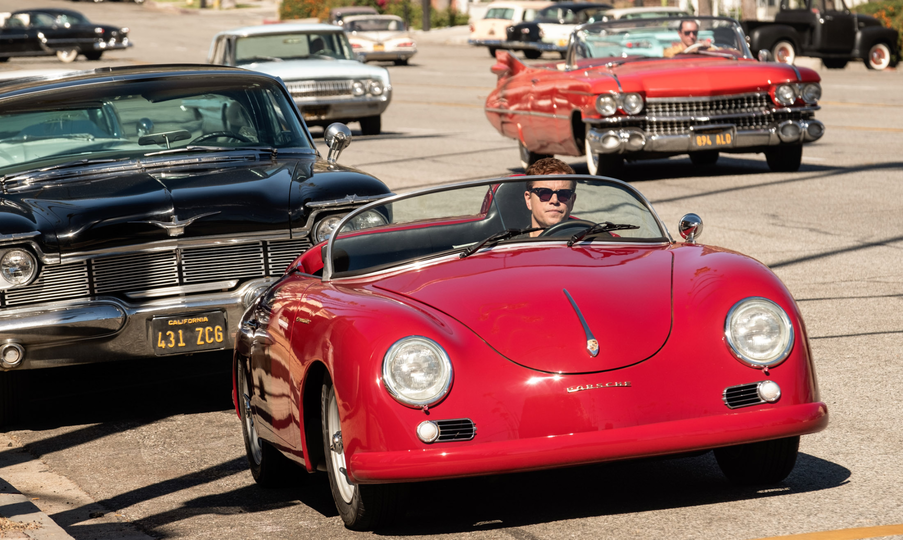
“We were originally considering an Aston Martin DB4 for Matt for the opening scenes - and we could procure one - but the owner was like, ‘Uh, you can take it up to 30 or 45 miles an hour,’” Johnson says. “And you can’t promise to be precious with cars in filming, unless it’s not going to move at all.”
So he ditched the Aston Martin idea. Then he remembered that he had multiple 356 Porsches - replicas built on a Mazda MX5 Miata chassis - back at the Willow Springs track. He had been using them as fillers for some of the scenes filmed there.
“We had to think about what was available, and we knew we had three Porsches we raced in Willow Springs.They were on set, and they were reliable: Boom! We got it!” Johnson says.
“That might not sound like the purest path, but at the same time, Porsche isn’t a second-best choice, either. They played a huge part, even in the Southern Californian racing era, so why wouldn’t there be a Porsche around?”
He put a fresh paint of coat on the one he selected, covering its racing silver with a reddish hue, and put Damon in the driver’s seat. Done.
4. What you can’t lease or buy, you can make
Most of the cars in the movie, including the Porsche 904 and 906 race cars, were fabricated by local builders in Southern California.
But one thing Johnson and his team couldn’t get in a way that would fit the shoot’s budget were original racing tires from Goodyear and Michelin. (It would have required an expensive custom order and lots of lead time.) So he bought replicas.
“The replicas looked very generic, so we would put the original-looking stickers in vinyl on every tire, spray paint them, and then peel off the sticker,” he says.
“We hand-painted those tires, several hundred of them, every day we needed to. Some people were critical and said: ‘You’ll never see that on actual film.’ And in the final cut, there are scene after scene, where you see the Goodyear blur! That made me so happy.”
5. For a shot of one car, you need about three of them
The common denominator that levels all manner of models in race car filming is reliability. Often, what determines which cars make the final cut comes down to those that run: “They need to show up, and they need to stay on set. For months,” Johnson says. “There can’t be any chitty chitty bang bangs.”
In the shots from the race at Daytona, Johnson wanted to show such realistic models as a 1958 Barracuda, a Triumph TR4, and a Volvo P1800 with the fins in the back. But those rarer models are often less reliable than ubiquitous vintage cars from Ford and Porsche.
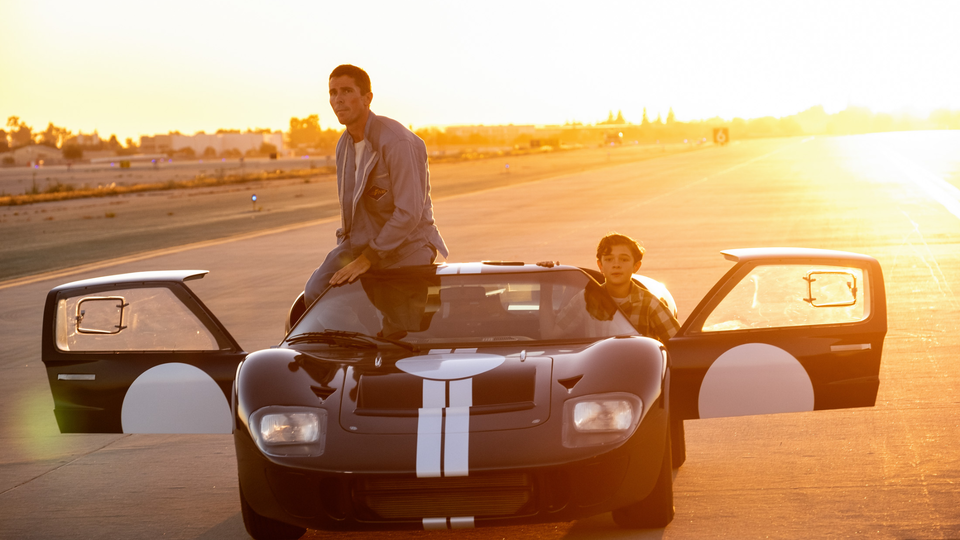
“You could get Barracudas and Corvairs and Triumphs, but they can’t survive the filming,” Johnson says. “It’s a little bit survival of the fittest. For instance, the Volvo was a beautiful car, but we only had one of those, with an original engine, and it could only go up to 80 miles an hour for five minutes. It lasted for a day and a half of filming.”
The Triumph, he said, “crapped out over three laps.”
6. Extras: when a normal car is a background star
The surprisingly biggest challenge for Johnson in all his procurement was finding a suitable family car for Miles and his wife and young son to drive around town on errands. It ended up being a 1960 Ford Country Squire in green, with wooden paneling.
“Finding one running example is a challenge - but also, you need a double,” Johnson says. Even with the second one - purchased as a beater and then fabricated at a shop in Burbank to look like the first one - things didn’t go as planned.
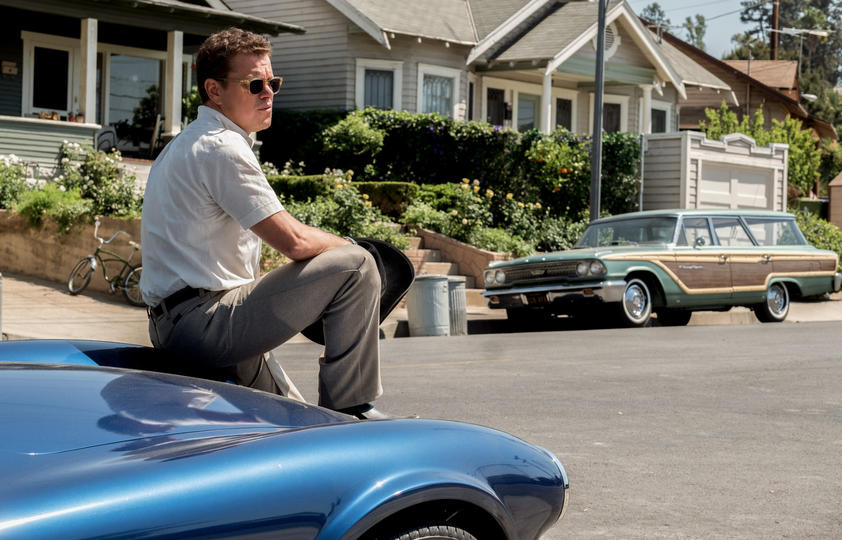
“So you find one everyone has their hopes and prayers on. And yeah, it’s reliable. And yeah, the mechanics have seen it. And then on the first pass along Mulholland Drive, the transmission craps out. And then you have a film crew - paying out $1 million a day - and they’re waiting on the car you bought.”
“It’s like the Boy Scout motto, ‘Always Be Prepared,’” Johnson says. “A lot of people call you OCD, but you have to be. There are so many contingencies.”
7. When perfect is the enemy of good
In Hollywood, details matter. But the trick is knowing when the right look is more important than perfect accuracy.
It’s widely known that Carroll Shelby had only a few of his AC Cobra cars around - often, just the one he drove – so he’d paint the few he had different colors to show to different people in order to give the impression that he had more of a fleet to sell.
That posed a tough choice to Johnson when he had to decide which color to paint the Cobra that Shelby would drive for most of the film.
It ended up being a deep blue, even though the original car had been yellow.
“As far as Shelby’s Cobras were concerned, we wanted to make it as close to his own,” Johnson says. “He had his own painted a few times, because he wanted to give the idea of a high volume of sales. So his had been a pearlescent-yellow color. Then, a couple weeks later, it was painted a deep Guardsman Blue.”
Johnson and his team floated both colors to director James Mangold, who picked the Guardsman Blue hue.
“You want the story to support the mobility of the characters,” Johnson says. “It should be as accurate as possible without detracting from the story. That Guardsman Blue reflected the mood of the film, so we made an executive decision.”
Elsewhere, even the wheel rims on the dozens of Superformance Cobras shown in the Venice shop came into question. One of them has modern 22-inch rims and a thin sidewall on the wheels, “just because we couldn’t get the tires swapped out quick enough that morning,” Johnson says. “I’m thinking, ‘Goshdarnit, someone will find that!’ But that’s when you shrug your shoulders and say, ‘Hey, I’m not going to lose any sleep on that one.’”
Ford v Ferrari opens this week in cinemas around Australia
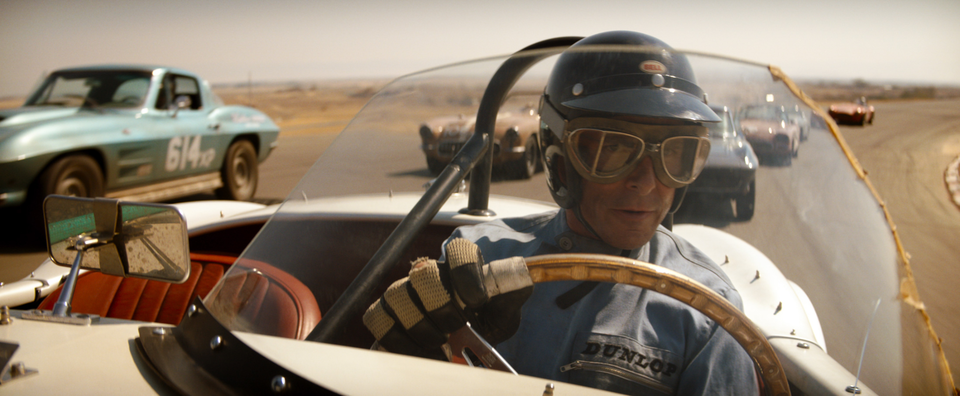
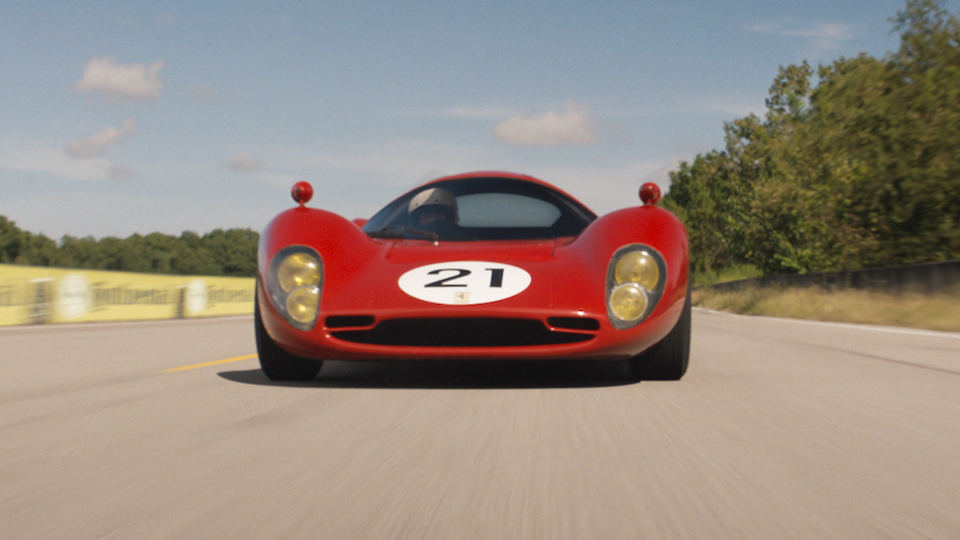

Qantas - Qantas Frequent Flyer
20 Aug 2014
Total posts 170
Great inclusion ET! What a good read.
Hi Guest, join in the discussion on Ford v Ferrari: secrets behind the stunning cars and race scenes